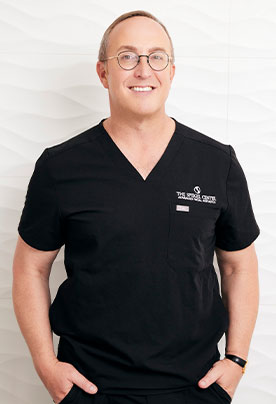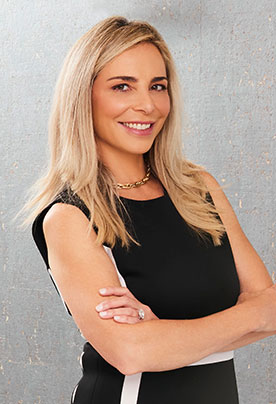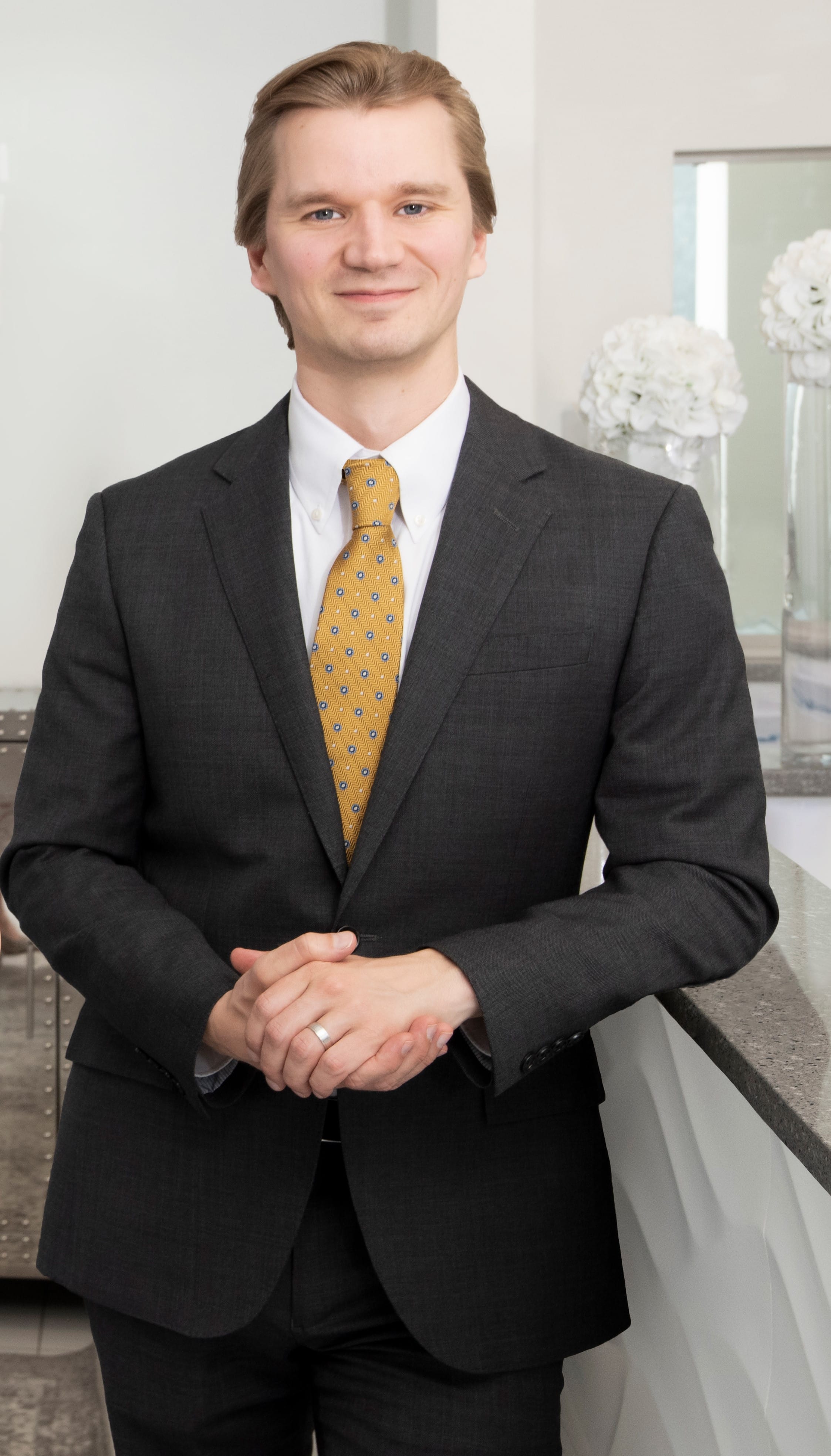Facelift terminology is confusing. In fact, it can even be confusing for doctors. New techniques get developed and are given new names. Then, the next technique comes around and they have to invent another new term. To make matters worse, some doctors decide to create a special name for the facelift they do, even when a more general name already exists for the technique.
Here are just some of the terms you may have heard: SMAS lift, mini lift, weekend lift, Auralyft™, composite facelift, midface lift, ponytail lift™, lifestyle lift™, Deep plane facelift, thread lift, and extended deep plane facelift.
Each of these represents an approach to the same goal – improving the tightness and appearance of the face by reducing wrinkles and lifting the skin back where it belongs. So, which do you need? This is like saying you want to learn to play guitar so you need a guitar. Well, there are steel, acoustic, electric, semi-acoustic, classical, double neck, fretless, twelve-string, and bass guitars, among many others. Which do you need if you just know you want to play? That’s where you need an expert. And it’s the same with facelifts.
There are ways to tighten your skin with energy, and we at TSC love Facetite and Embrace (a combination of Facetite and Morpheus together) for this. Here, we use energy to tighten the skin and contour any undesirable fat pockets. While we usually recommend this procedure for people who are showing earlier signs of aging, we have had tremendous results even with much older people who have more sagging and skin laxity. Using only 3 needle pokes we are able to contour the neck and tighten the face. The results are great, especially for an office procedure requiring no stitches. But, if you need more, it’s time for a surgical procedure.
The simplest type of surgical facelift is a “skin only” facelift. These are sometimes called weekend lifts or mini lifts. Your surgeon will remove some extra skin and pull the skin tighter. These facelifts provide some improvement with limited recovery time. However, you won’t get a very big change and they don’t last as long as other types of facelifts. The next level of sophistication is a SMAS facelift. Here, the underlying muscle and fascia layer under the skin is pulled back for a more effective and longer-lasting facelift. This was, for many years, the predominant type of facelift and is still a good option for many people. The stitches are hidden carefully in your hair, in grooves around the ear, and behind your ear so that there are very few signs of surgery.
For a greater lift you may be looking at the deep plane, composite, and extended deep plane facelifts. Here, the surgeon releases some tight attaching ligaments on the face to permit even more movement of the facial skin, fat, and muscles. These facelifts can better target jowls and are good for creating a very defined and “snatched” jawline. This is the most common facelift we do at TSC. You can expect 2 weeks of downtime, but the improvement is significant and well worth it.
Other procedures are variations on these. Sometimes no stitches are put in front of the ear. Other times, a stitch is placed under the skin to behind the ear. But, don’t worry about any of that. Bring us your goals and areas of concern. We’ll tell you the most effective way to get you where you want to go, and we’ll take into account your needs, health, desires, lifestyle, and schedule so that you have the solution that is best for you.
If you’re thinking it’s time for a refresh, we’ll get you feeling knowledgeable and confident.






